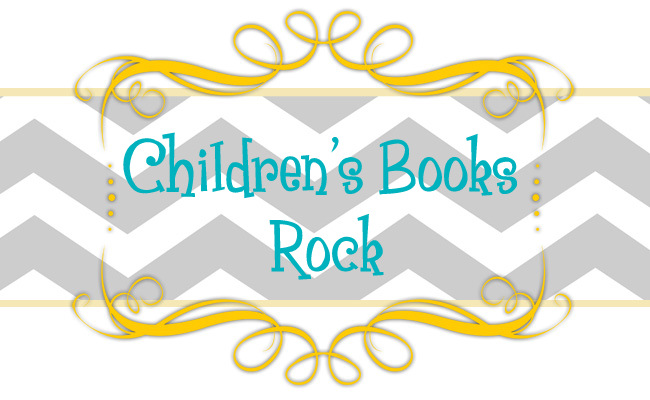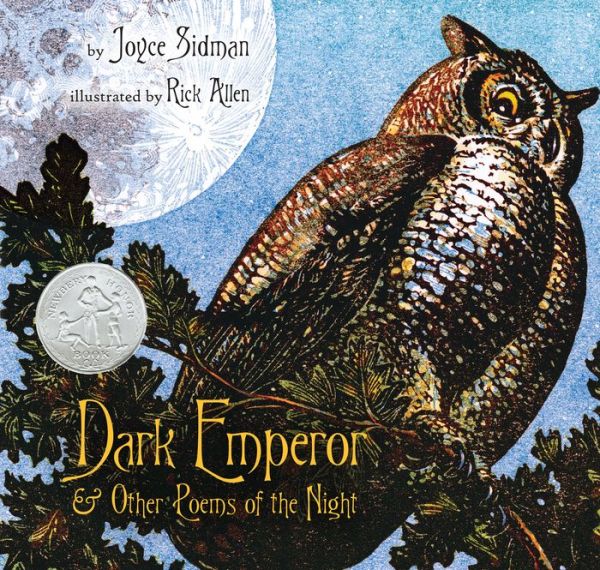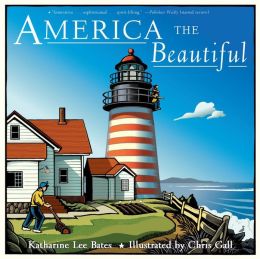
BIBLIOGRAPHY:
Hoberman, Mary Ann. 2010. YOU READ TO ME, I’LL READ TO YOU: VERY SHORT FABLES TO READ TOGETHER.
Ill. by Michael Emberley. New York: Little, Brown and Company. ISBN 978-0-316-04117-1
REVIEW AND CRITICAL ANALYSIS:
In the fifth book of the Your Read to me series, author Mary Ann Hoberman and illustrator Michael
Emberley have teamed up to create Very Short
Fables to Read Together. You Read to Me, I'll Read to You: Very Short
Fables to Read Together is a collection of 13 traditional Aesop’s
fables told in rhyme and written for two voices. The book begins with an introduction that
explains how to read the poems in the book with a partner. The orange text on the left is for one reader
and the green text on the right is for another reader. The pink text that is included is meant to be
read chorally by both readers.
Most of the fables included in the book are well known, but
some of them might be less familiar to readers. Hoberman has taken traditional
fables and included slight variations, while keeping the classic tale intact. For example, in the fable The Hare and the Tortoise the race takes place on bicycles, but
the storyline is the same. Each fable
concludes with a moral, which is meant to be read chorally. The moral at the end of The Hare and the Tortoise is “Just keep up
an even pace. / Slow and steady wins the race.”
Hoberman uses rhyme and rhythm to engage young and old
readers alike. The language used in the
poems is simple enough for emerging readers, but the story and moral of the
fable aren’t lost because of the simplicity.
The rhyming text along with the format of the poems adds an extra
element of fun to these traditional fables.
Each fable stretches across two, full pages and is supplemented
by Michael Emberley’s watercolor spot illustrations. There are multiple illustrations included with
each fable which are relatively small, yet very detailed. The illustrations are strategically placed on
the page and do a great job of depicting what is happening at that point in the
poem. This allows the reader to check
their comprehension as they read and also helps to keep young readers
entertained.
THE GRASSHOPPER AND THE ANT
It’s summertime and all day long
I dance my dance and sing my song.
It’s summertime and all the day
I work so hard and never play.
How foolish of these boring ants!
Why should I work when I can dance?
With all these oats and grain and wheat,
There’s lots of food for me to eat!
I’ve hidden every seed I got.
I’ve stored it in a secret spot.
When winter comes with snow and ice,
These seeds of mine will taste so nice.
Oh, dear, the year is growing old.
The days and nights are getting cold.
The grain is gone, the fields are bare.
I can’t find dinner anywhere.
Now that the summer days are past
And wintertime is here at last,
How smart I was to think ahead.
The winds may blow but I’ll be fed.
Oh, Ant, I know that you’re my friend.
Do you have, please, some seeds to lend?
If you will let me eat my fill,
I’ll pay you back, I swear I will.
While I worked hard all summer long,
What did you do? You
sang your song!
Well, now it’s winter, as you see,
So dance your dance!
Don’t bother me!
Moral: Dance
your dance, but not all day.
You
must work as well as play.
When learning about fables, these poems would be a perfect addition. The teacher could split the kids up into pairs and assign them a poem. The kids could create basic puppets that represent the characters in their poem out of popsicle sticks. Each group could perform their fable for the class and lead a discussion on the moral or theme of their fable. The puppets along with the poems could be kept out so that students have a chance to read and perform many different fables.





